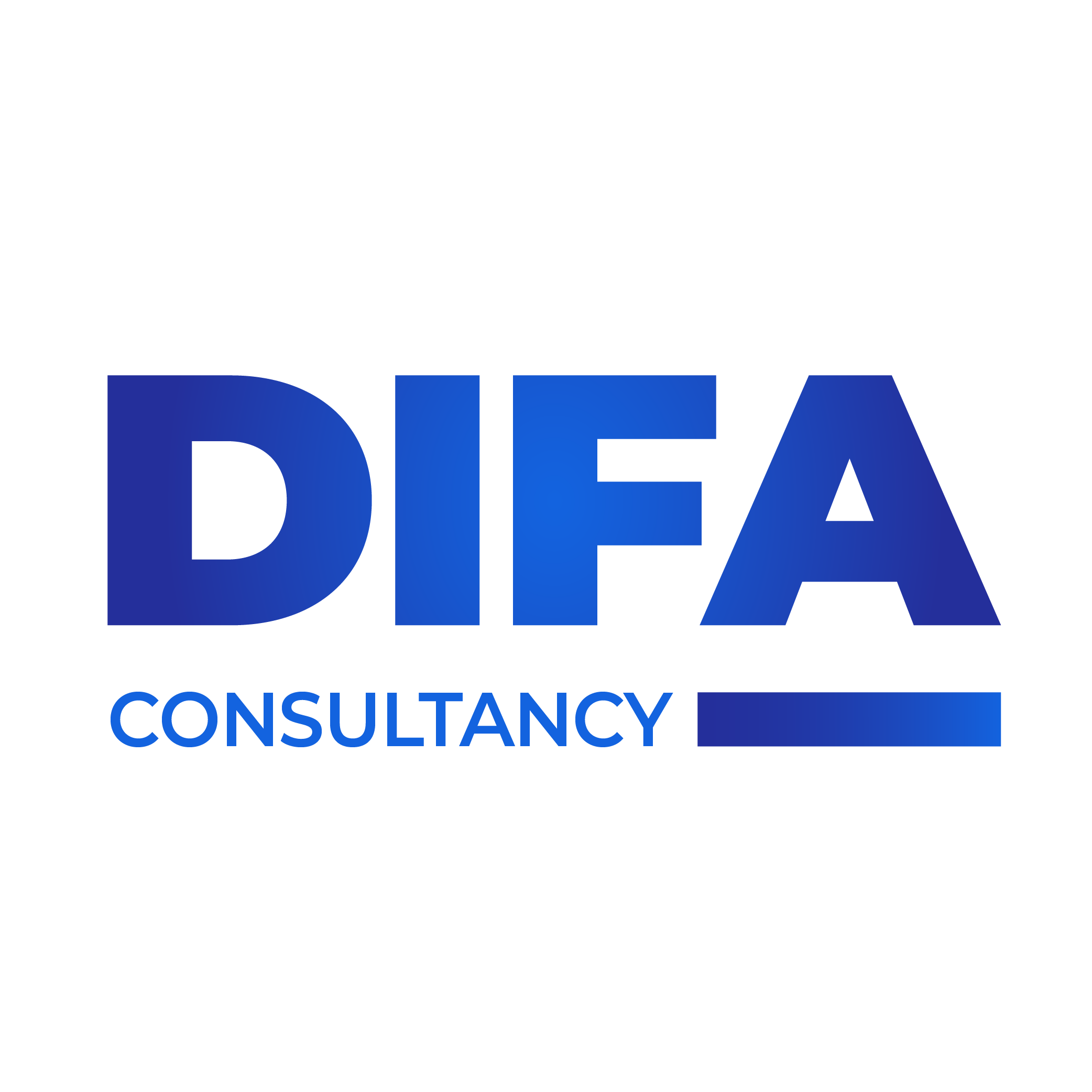
On 3 July 2025, the Central Bank of Kenya (CBK) published its Survey on Artificial Intelligence in the Banking Sector (the Survey), providing insights into the current state of AI adoption across Kenya’s financial institutions. The Survey recognized AI’s transformative potential in the sector in personalizing customer experiences, streamlining operations and enhancing productivity. It highlighted the importance of addressing regulatory concerns and ethical considerations to ensure the safe and responsible adoption and use of AI.
Growth in Adoption of AI within Financial Institutions
The Survey, conducted in March 2025, was carried out across 37 commercial banks, 1 mortgage finance institution, 14 microfinance banks, 3 credit reference bureaus (CRBs) and 70 digital credit providers. The findings reveal that 50% of the respondents have adopted AI tools in their operations, with the CRBs being yet to adopt AI solutions in their operations. Some of these institutions have established AI strategies and policies in place, alongside dedicated Data/AI teams. Of the institutions that adopted AI tools, there were varied approaches to AI adoption, with certain institutions developing applications in- house, while others outsourced the development or partnered with other entities for development of AI applications.
The key use cases identified within the banking sector through AI and ML applications include credit risk assessment, cybersecurity enhancement, fraud risk management, customer service optimization and electronic Know Your Customer (eKYC) processes.
Regarding institutional AI maturity, the Survey categorized the respondents across five levels of AI readiness: 54% remain at level 1 (awareness), 13% have progressed to level 2 (active), 19% operate at level 3 (operational), 4% have reached level 4 (systemic), and 1% have achieved level 5 (transformational) maturity.
Overview of Survey Findings
The Survey’s findings are organized across four critical themes:
- AI and Data Strategy
Successful AI adoption in the financial sector requires robust strategic frameworks that integrate effective data governance systems, ethical principles, and human oversight mechanisms. Organizations with clearly defined AI strategies and comprehensive policies are better positioned to realize the full benefits of AI adoption.
- Institutional AI Activities
Many financial institutions across the sector are actively navigating the AI maturity curve. Certain early adopters of AI have embedded sophisticated AI into core business functions, including credit scoring, fraud detection, and personalized customer engagement. Additionally, generative AI is being utilized to enhance operational efficiency.
The major challenges in adoption of AI identified by the respondents were: skill shortages, high implementation costs, resource constraints, as well as governance and regulatory compliance challenges.
- AI Risk Management
The Survey highlighted critical deficiencies in AI risk management practices among adopting institutions. Key risk areas relate to data quality, governance and management protocols; cybersecurity vulnerabilities; insufficient AI-skilled personnel; third party vendor dependencies; and comprehensive AI governance frameworks.
- Impacts and Challenges
Based on the Survey, 93% of the respondents indicated that the CBK should develop and issue Guidance on AI covering governance and compliance requirements, risk management frameworks, and procedures for incident management and reporting. This significant finding reflects the financial sector’s need for clear regulatory frameworks to address emerging challenges while leveraging AI positively.
Conclusion
The Survey provides essential guidance to institutions in the banking sector that have adopted or are considering adoption. Financial institutions need to be cognizant of AI’s transformative potential, and should aim to harness AI tools within their operations for streamlining and optimizing processes.
Simultaneously, it is imperative that the institutions consider AI governance and legal considerations to ensure practical, safe and responsible adoption of these systems. Organizations should assess their AI maturity levels, develop AI strategies aligned with their operational objectives, establish robust AI governance frameworks, and conduct thorough audits of adopted AI tools to ensure regulatory compliance and adherence to responsible AI principles.
This Survey represents a critical milestone and provides a foundation for informed decision making and strategic planning in the banking sector’s AI transformation process.
These maturity levels are based on Gartner’s AI Maturity Model Levels: Level 1: Awareness (Organizations have an early interest in AI and are starting to have conversations around AI strategy; AI initiatives are mostly experimental and exploratory); Level 2: Active (Initial experimentation and pilot projects with AI are underway; Organizations begin to see the potential value of AI and start to allocate resources); Level 3: Operational (AI is used in at least one workflow or business process; Organizations have established some AI governance and management practices); Level 4: Systemic (AI is present in the majority of workflows and operations; AI initiatives inspire new digital business models and drive significant business value); Level 5: Transformational (AI is inherent in the DNA of the business; Organizations leverage AI to create new products, services, and business models, achieving a competitive advantage). Source: https://www.gartner.com/en/documents/3982174.



